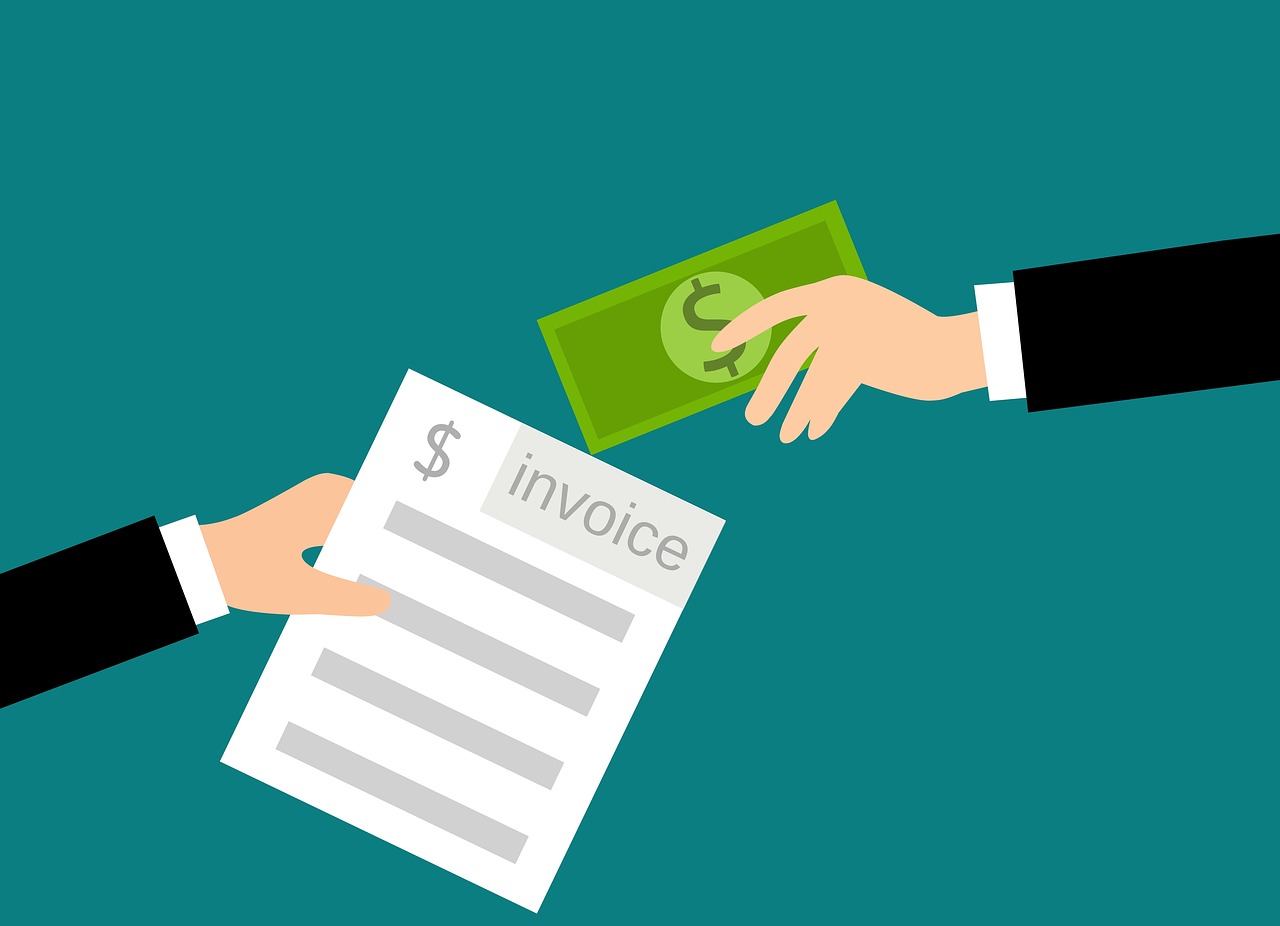Partial Invoice — Benefits for Your Business and Clients
Partial invoices are pretty common in accounting practice. They are useful and convenient for both your customers and your business. You can offer this payment option to your orderers at any stage: before signing a contract, already in the process of completing tasks, and even after deadlines. In this article, the SaldoInvoice experts will talk about the features of part payment of an invoice and what advantages this format offers to both parties.
What Is a Partial Payment?
Partial service, consultation, or medical invoices involve a client making a part of the final amount as a deposit. It is recommended to discuss such a possibility in advance since not everyone has the opportunity (for example, due to accounting delays) to pay for part of the work upfront. The exact amount of such compensation is negotiated directly with each client and usually ranges from 25% to 50% of the total sum due. However, it is not a prerequisite and may vary depending on the specifics of your work. When an order is completed, and a customer is satisfied with the result, they pay the remaining amount.

A partial billing invoice is most commonly used in construction and renovation projects. With a construction invoice template, you can supply materials, rebuild facilities, and much more while saving time. Such activity takes quite a lot of time and involves the provision of services, the rent of some equipment, and the purchase of necessary materials. Advance payments allow workers to buy everything they need and start work on time.
However, a similar format can be applied in any other area. In particular, it’s utilized by freelancers, independent contractors, and self-employed. Deposits are also expected in businesses that provide high-value goods: real estate, cars, appliances, furniture, antiques, etc. In such cases, partial payment by invoice meaning can be reduced to the fact that it serves as a kind of guarantee that a client really intends to purchase the goods.
Benefits of Part Payment of Invoice
The partial invoice meaning is pretty clear from its name. What are the benefits for businesses and customers of
crediting an invoice? Here are the main ones:
- Financial security. Depositing any amount shows the seriousness of the clients’ intentions and partially compensates for your costs for materials or work. This way, you get some kind of safety cushion that protects you from scammers or irresponsible customers.
- Stable cash flow. It is essential when working on large and long-term projects. Instead of sitting without money and waiting to complete the work to get the entire amount, you can receive a part of the reward that will allow you to stay afloat.
- Repayment of debts. A partial IT invoice helps your customers pay for overdue bills (including penalties) with less damage to their budget. Of course, it is not a must-have option; it is only your chance to take care of clients, as financial difficulties can happen to anyone.
- Basic capital. In some industries, advances serve as start-up capital for purchasing materials, equipment, software, and everything else needed to start work on a project.
- Customer satisfaction. It is an indirect benefit of using partial bills. Thus, you can increase customer satisfaction with your business and improve retention rating. Remember that taking care of current orderers is always cheaper than attracting new ones. Therefore, you should make every effort to retain the existing audience.
- High sales. Customers tend to make larger orders if they have the opportunity to get an installment plan or get a more extended payment deadline since this format hits their wallets less.
Advances have benefits for both your business and customers. Clients don’t have to worry about
how to pay your invoice if they can’t provide the total amount right now. And you, in turn, can include late payment fees in each partial product or
consultant invoice template to compensate for your expectation of payment. In whatever situation you apply this approach, it provides an increase in your income.

How to Create an Invoice With Partial Payment Request?
To understand how to invoice for partial payment correctly, you need to discuss with clients several important criteria. Any of your bills should contain payment terms, in particular, indicate the time within which your account should receive payment. You can set a specific date or use the common phrase “Net….” For example, writing “Net 30” on a bill means that a client has 30 days from the date of issue of the document to provide you with compensation.
You also need to specify what part of the total amount a customer should pay. It is not legally fixed, so it depends on your agreement. Various factors influence the size of the advance: the need to purchase materials, rent equipment, hire workers, the duration of the project, and much more. It should also be taken into account that some orders may change in the course of work, expand or, conversely, decrease, due to which the total amount you previously indicated in the bill also adjusts. The clients’ expectations of partial payment should match yours.
A typical invoice partial payment example contains the following data:
- ID, creation date, and deadline (exact date or Net…);
- contact details of your company and logo;
- information about a client for whom an order is being executed;
- an itemized list of goods or services, the cost of each item, and the total quantity;
- payment methods and terms, including the amount of the advance (for example, 50% compensation on an order receipt);
- the total amount, including fees, taxes, shipping expenses, or discounts.

A sample invoice showing partial payment is not much different from a standard one. The exception is the “Notes” column, in which you need to write down the amount of the deposit. Also, note that you need to prepare such a document and send it to a recipient beforehand. Standard bills are submitted to clients when tasks are completed.
As soon as the specified advance amount is credited to your account, you can proceed with the order execution. To receive the rest, send the final invoice to an orderer upon completion of the work. Do not forget to accompany it with a thank you letter to increase the likelihood of quick payment and a client returning with a new order.
An overview of the key business benefits of automating the billing process
The adoption of software solutions for invoice management is essential to creating a seamless process in today’s digital world. By automating your billing, you introduce several key benefits to your business:
- Efficient tracking: Automation helps keep track of all the invoices, their status, due dates, and other critical aspects with ease.
- Integration: Automated systems can be linked to your account, offering a unified and connected financial management platform.
- Error reduction: Automation drastically reduces human error, ensuring precision and accuracy in your invoices.
- Accessibility and mobility: Cloud-based systems offer accessibility from anywhere, anytime, enhancing mobility and convenience.
- Better customer relations: Automated, transparent billing processes increase customer satisfaction by reducing disputes and misunderstandings.
Thus, automation in invoice management contributes to a more efficient, reliable, and customer-friendly business process.
Consideration of economic, operational and time benefits for the business
Automating your billing process delivers significant economic, operational, and time benefits. It streamlines your financial system, reduces costs, and minimizes error-induced losses. Automation moves your business to the cloud, enhancing accessibility and mobility, while reducing reliance on physical storage. This efficient process strengthens better customer service, boosts relationships with clients, and improves your business reputation.
Illustration of practical examples of successful implementation of the billing system
A global construction company successfully implemented invoice management through software for their vast number of invoices. The automation brought an efficient process, leading to a 40% reduction in processing time and fewer late payments. Similarly, a freelancing platform also integrated a similar system, instantly sending invoices and improving cash flow. This led to the advantage of quick turnarounds. Both examples illustrate the transformative potential of automated billing, underlining its role as a game-changer for businesses to boost their operations and profitability.










